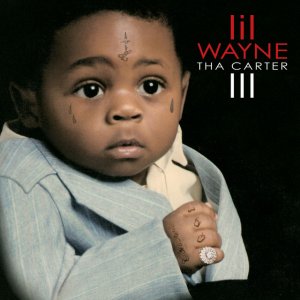Album # 432
Album Title: Here Come The Warm JetsArtist: Brian Eno
Genre: Glam Rock, Art Rock, Avant Pop
Recorded: September, 1973
Released: January, 1974
My age at release: 8
How familiar was I with it before this week: Not at all
Song I am putting on my Spotify Mix: Baby's On Fire
Selected by my friend Bill Gudgeon who managed the band Second Thoughts in the 80s. The band used to include this song in their repertoire.
I have been familiar with the name Brian Eno for many years. He is well known in music circles as the producer of dozens of critically acclaimed and commercially successful records, including many on The 500 list. Among them, Devo, David Bowie, Talking Heads and U2.
 |
| David Bowie, Bono of U2 and Brian Eno in 2002 |
Ambient music is best described as an art form that emphasizes tone and atmosphere over the conventions of melody and beat. It is composed of "sound layers" that promote an atmsopheric quality. The listener can escape within the sounds, drawn into a world of calm contemplation.
I'll admit, my motivations were juvenile. I thought that understanding ambient music, or at least being able to drop names like Fripp and Jarre at social gatherings, would make me seem more cultured and eruidite. It didn't. People unfamiliar with the music were nonplussed and, when I encountered a true fan, I found myself out of my depth.
When I played Here Come The Jets for the first time, I was surprised. Brian Eno's debut record is far from the ambient music he would develop later in his career. Released using only his last name, this record is a hybrid of Bowie-esque glam-rock sounds fused with quirky art-pop sensibilities. It can be a bit cacophanous at times but there is a silliness about it that makes it endearing -- particularly after multiple listens. Songs that I dismissed as ludicrous, eventually burrowed their way into my conscience and I found myself humming them while completing mundane tasks.
We'll revisit Brian Eno in three records, when his 1975 offering Another Green World appears at #429 on The 500 list. Consequently, I'll save my additional thoughts for that post.



























